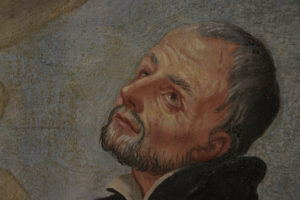 By Domenico Casera in Camillianum – Libri di storia e spiritualità camilliana – Vari, N.15, 1997, pp. 79-88
By Domenico Casera in Camillianum – Libri di storia e spiritualità camilliana – Vari, N.15, 1997, pp. 79-88
I thought a great deal about this title, which was given to me without a prior agreement: as it stood, it frightened me. Camillus de Lellis, with his giant physique, but above all else with his talents as a great organiser; as an inspirer of young people in service to the sick; as a tireless traveller bringing to the whole of Italy his reform of health care; and as a charismatic who was so active and efficient as to have it said of himself that in the Church it was difficult to find a saint who exceeded him in service to the sick, attracted people but also intimidated them. It was rightly said that he was an eagle.
The eagle is a bird that is present in my mountains and it is a symbol of the region. I remember that I saw it fly high above in a wonderful way, in perfect flight, and suddenly descend on its prey, only to then fly up again with great elegance through the air towards its nest. But I identify very little with that animal. I prefer the wren which is much more discreet, and useful for the fields.
In my attempt to honour the title that has been given to me, I would ask you to bear in mind the Scholastic principle: quidquid recipitur, ad modum recipeintis recipitur.
An Invitation to Visit the Corsia Sistina (‘the Sistine Ward’)
I invite you to visit with me the Corsia Sistina of the Hospital of the Holy Spirit where St. Camillus worked for thirty years and where I have been happily working for six years. He entered the Hospital of the Holy Spirit in the summer of 1584 after leaving the Hospital of St. James. He had been a priest for only a few months. He had taken lodgings with some of his companions of Our Little Lady of Miracles in damp and unhealthy conditions and then went to live in Via delle Botteghe Oscure. Later he would move to the Church of St. Mary Magdalene which today remains the central headquarters of his Order. He engaged in voluntary service at the Hospital of the Holy Spirit.
How did the Hospital of the Holy Spirit appear to St. Camillus and the small group of his followers who were increasing in number? This is something that is not difficult to imagine because the hospital of that time has come down to us intact. It goes back five centuries but it is resistant; humbled by a lack of attention but not to the point of not allowing us to see signs of its noble origins and very harmonious architectonic lines.
The Gate of Heaven
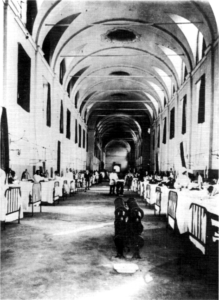 We go in. After going through the outside gate which is framed by an elegant forepart marked by three styles of the baroque epoch, we find ourselves in front of a second gate on which an adjective expressing wonder would not be wasted. This was the work of Andrea Bregno and it goes back to 1478; it was installed, therefore, at the same time as the Corsia Sistina. They say that it is the most beautiful point of the Rome of the fifteenth century. On the external part of the gate there are two fluted columns made of variegated porphyry with very ornate headbands. Marble festoons come downwards, embellished with branches and acorns (the fruit of the bay oak – ‘rovere’ in Italian: Sixtus IV, the builder of this hospital, belonged to the noble Della Rovere family) that alternate with Roman shields or shining body armour, Other festoons in relief come up from below and have very fine embroidery chiselled into the marble. Beneath the patina of time one notices that the surface was polychrome.
We go in. After going through the outside gate which is framed by an elegant forepart marked by three styles of the baroque epoch, we find ourselves in front of a second gate on which an adjective expressing wonder would not be wasted. This was the work of Andrea Bregno and it goes back to 1478; it was installed, therefore, at the same time as the Corsia Sistina. They say that it is the most beautiful point of the Rome of the fifteenth century. On the external part of the gate there are two fluted columns made of variegated porphyry with very ornate headbands. Marble festoons come downwards, embellished with branches and acorns (the fruit of the bay oak – ‘rovere’ in Italian: Sixtus IV, the builder of this hospital, belonged to the noble Della Rovere family) that alternate with Roman shields or shining body armour, Other festoons in relief come up from below and have very fine embroidery chiselled into the marble. Beneath the patina of time one notices that the surface was polychrome.
On the two sides, oak branches move upwards, intertwining with bunches of acorns and some little wild boars making holes in the ground. In the large seashell up above, the Holy Spirit is depicted. Some guides venture for this gate the epithet ‘Gate to Heaven’. Let us now go beyond the threshold.
The Corsia Sistina
The sight that greets you is one of the finest there is because of the impressiveness and the harmony of the spaces. First of all, there is the octagonal dome with its cupola: this is strongly ornate and enlivened by sculptures and frescoes. In the centre of the dome there is the aedicule of St. Job, a sensitive Roman work by Andra Palladio, with its four Doric columns made of porphyry. And then on the sides, grandiose and unique of its kind, there is the Corsia Sistina: 126 metres long, 13.5 metres high, and 12 metres wide. Sixtus IV had the walls covered with leather more to create an atmosphere of luxury than for reasons of hygiene; 45 large frescoes located between the windows graced this ward. The beds were double poster. There was only one patient in each bed. There was a golden coffer ceiling. Overall the effect was grandiose and raised people’s spirits.



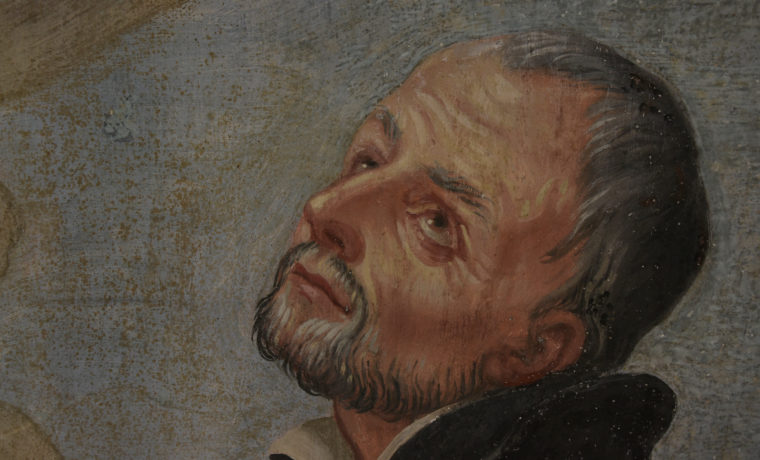
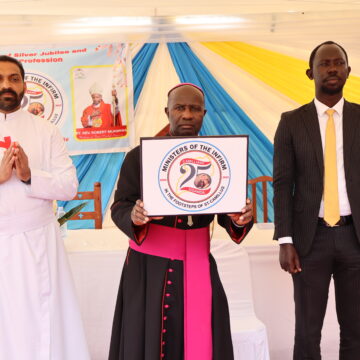
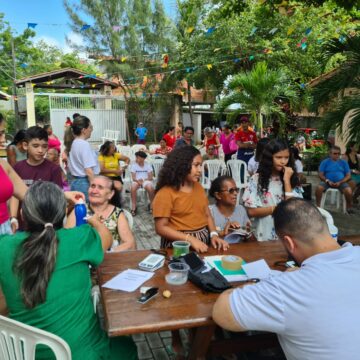
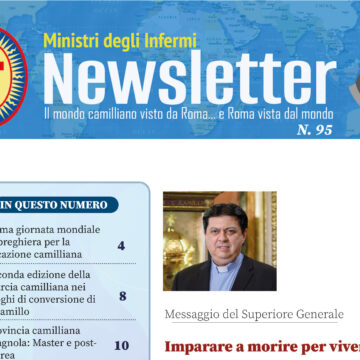
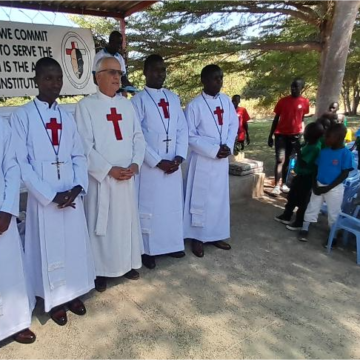
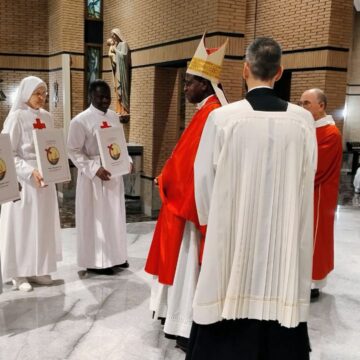

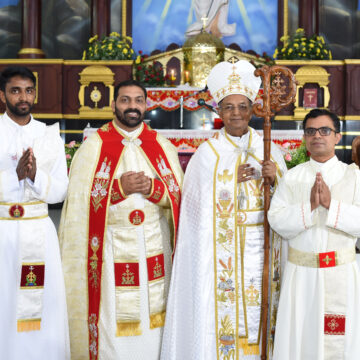
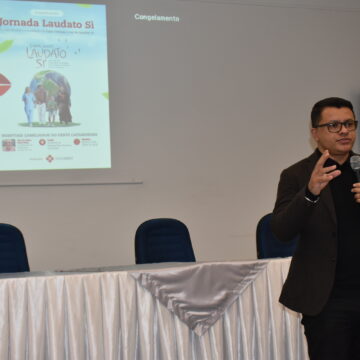
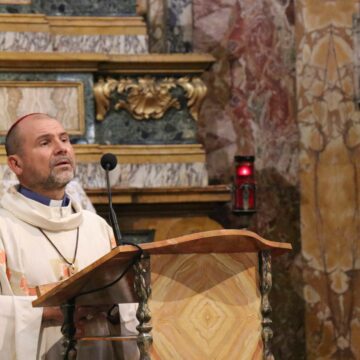
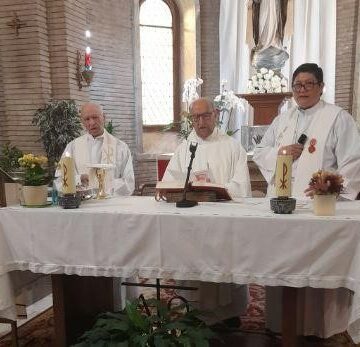
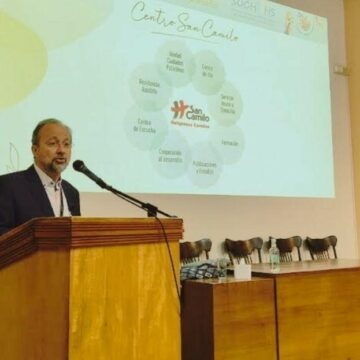
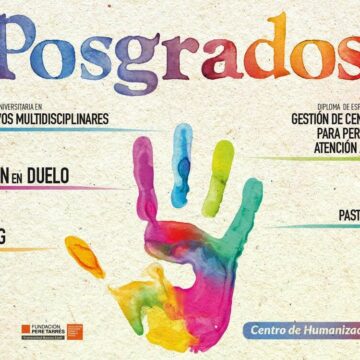
Camillians on Facebook
Camillians on Twitter
Camillians on Instagram